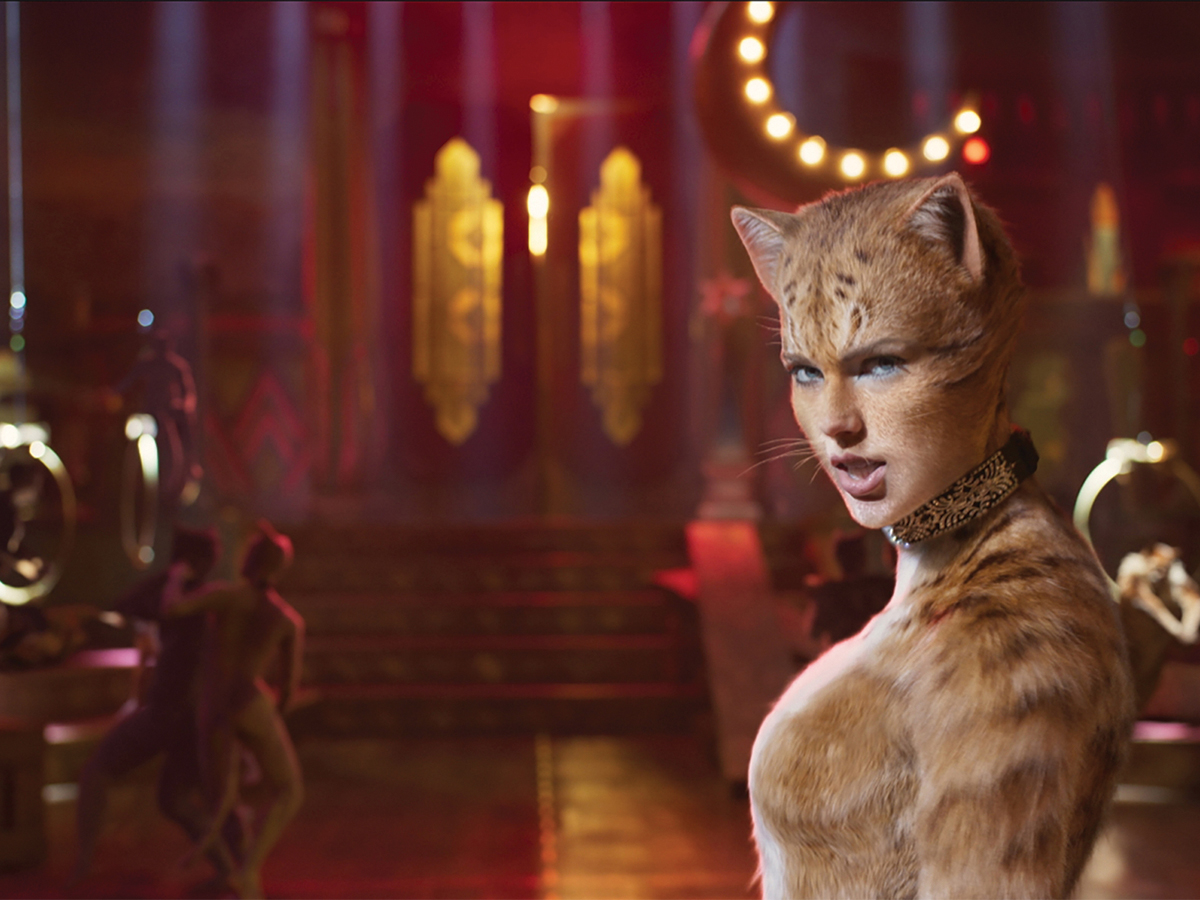
The 2019 movie “Cats,” is an adaptation of Andrew Lloyd Webber’s musical play of the same name, of which Webber originally based off T.S. Eliot’s “Old Possum’s Book of Practical Cats.” From a cursory glance the general public expected “Cats” to be forgotten as yet another example of a poor adaptation of its source material. This isn’t what happened; “Cats” as a movie did indeed bomb at the box office and among critics, but the real intrigue behind the film isn’t so much because of its artistic merits (or lack thereof) but rather how its development and release can be considered within a wider cultural context.
Theoretically, adapting “Cats” is full of potential, especially because the grandeur of the play offers itself well to a film adaptation. The anodyne nature of “Cats”’s story should have helped this notion as well. Once a year a tribe of cats called the “Jellicles” gather to sing about themselves and choose a single cat worthy of ascending to “The Heaviside Layer” (a metaphor for reincarnation). The play consists primarily of song and dance numbers filled with Seussian lyrics set to an absurd world reminiscent of the poems that originally inspired it. The task in adapting a body of work from one medium to another isn’t that simple though.
The strengths in one medium generally do not carry over when adapted to another medium. A major distinction concerning theater and film is the relationship between the actors and the audience. For theater, plays are performed live and the illusion of its world is more easily kept because the audience is actually there to feel the intimacy and emotion conveyed by the actors. Films, on the other hand, have a certain amount of distance between the audience and the work of fiction; films are able to frame its world and characters in clever ways (via shot composition and cuts) but they sacrifice immersion in return. For instance, acting in theater is a little over-the-top and that’s part of its appeal, but doing so in film (unless called for) creates emotional dissonance within viewers. The core conceit of “Cats” may be simple, but the premise is ridiculous upon any introspection. The play never runs into this issue because the ridiculousness of its drama is the initial buy in. In contrast, the film never really addresses this issue. Yet, the movie is unique in that despite its apparent awfulness, it still holds public intrigue because, instead of being downplayed, the ridiculousness is hyper-elevated by other creative decisions.
The most glaring issue with this adaptation was the decision to motion capture the actors and impose their movements onto CGI cat bodies, leading to a particularly bad case of the uncanny valley. When the first trailer dropped in July, “Cats” instantly achieved meme status. People were in paradoxical awe and fright at the subtextual sexual nature of how each cat moved and talked. The internet was justifiably terrified by the artistic decision to create a film where uncanny bipedal cat bodies with hyper-realistic fur were singing and asking us to empathize with their plights. The internet’s reception could partially be blamed on the rushed production schedule. Principal photography took place from Dec. 2018 to April 2019. This only allowed for eight months of post production work before release. This is troubling because good VFX work, especially in a film so reliant on it, needs proper time to refine and polish. Upon release, the shoddiness of the work was bad, not because the technical artistry on display itself was awful but rather because it was literally unfinished. Moviegoers could spot improperly rendered textures within key segments of the film. The movie would receive an updated version a few weeks after already being in theaters, but this wouldn’t salvage the movie because the the hyper realistic hybrid human-cat bodies was still a bad artistic decision. This, however, could be explained in how the film industry views and treats its VFX artists.
Within the wider context of the film industry, visual effects artists are undervalued, underpaid, overworked and are routinely not even trusted to handle major artistic decisions, which is strange because they are the artists actually producing the visual effects. This clues us into the fact that “Cats” was probably grossly mismanaged from a visual standpoint as well. What major movie studios financing their projects fail to realize and what artists generally already know, is that when adapting characters from fantastical pieces of work to the big screen, hyper realism rarely pans out because animated and exaggerated art styles better complements these settings.
The proposition of making a movie, let alone adapting something to film, is hard. A studio has to juggle the logistics of marketing, budgets, creative decisions, post production, etcetera without the promise that their efforts will be met with a return on financial investment or critical recognition. “Cats” is notable in that it was a perfect storm of what could go wrong in an adaptation from an artistic and commercial standpoint. It would be a small reprieve if at least the bad publicity garnered led to financial success but opening weekend the movie would only gross $6.5 million of its $100 million budget (not even accounting for marketing expenses). Yet from a cultural standpoint the adaptation is a huge success if the proliferation of memes about “Cats” is anything to go by. Top to bottom “Cats” is a chimera of sorts, both literally and within the context from which it was developed. It’s easy to discount “Cats” as a very expensive joke at the expense of investor money and artists’ wellbeing but “Cats” is so much more. It wholly exemplifies Hollywood arrogance in such a poignant and blatant way that it’s bizarre context becomes a lighting rod to the callous nature of how adaptations and the people within the industry are treated writ large.







